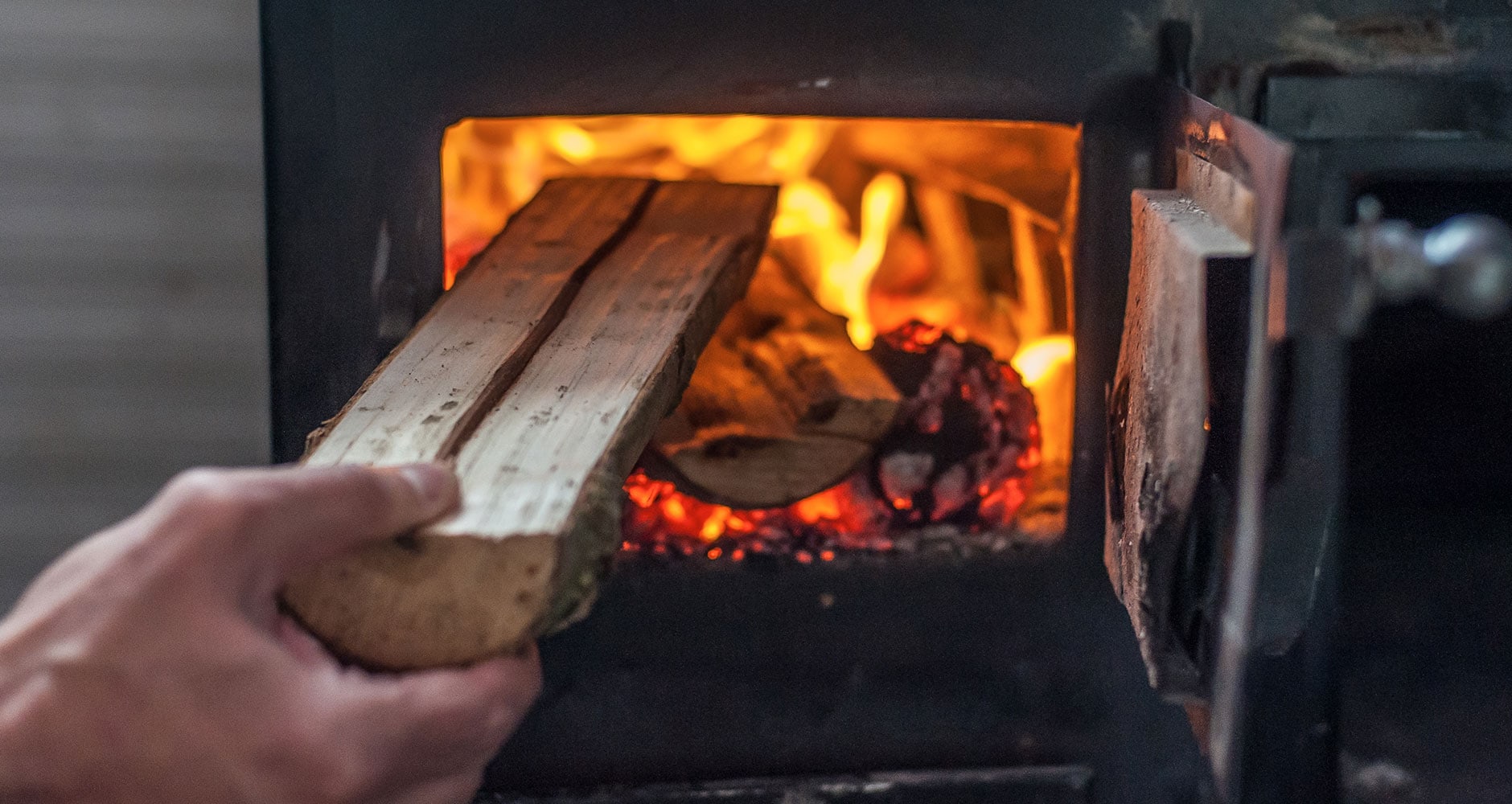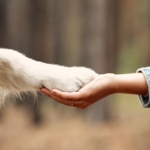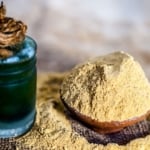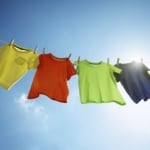10 Things You Should Never Burn In Your Fireplace or Woodstove
Not all wood is created equal. Before you start a fire with some wood scraps or old bills, think again. Here's a list of things that should not be burned in your fireplace or woodstove.
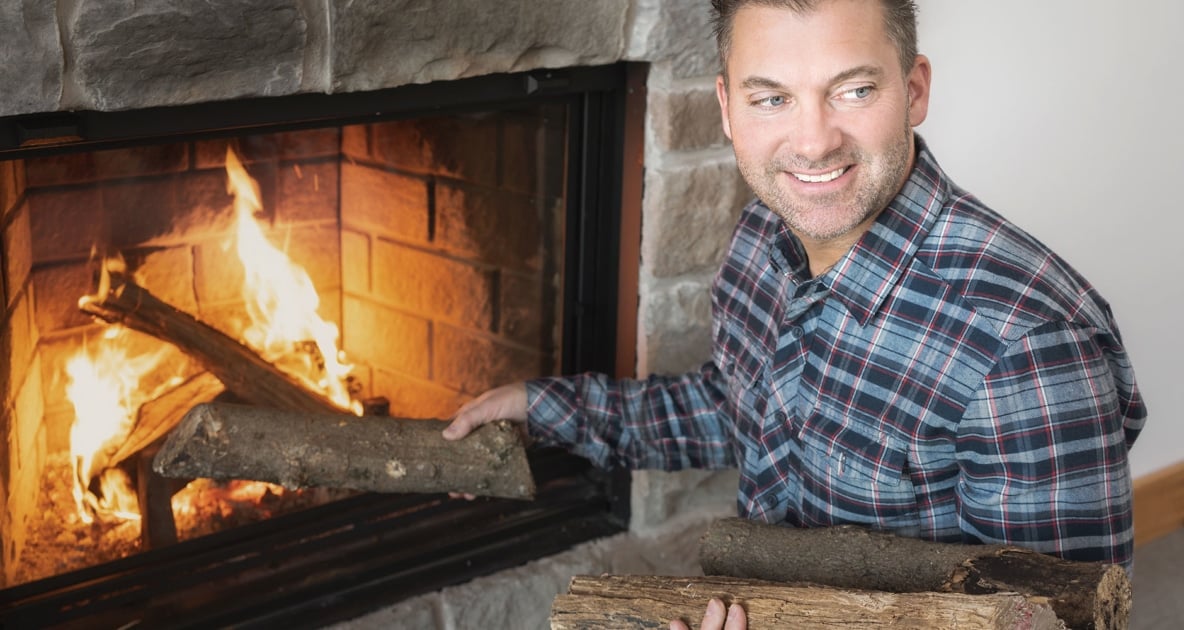
The mercury is dropping a little every day and you may be thinking a fire in the fireplace would feel great on these chilly evenings. As you think about it, you remember the box of documents you’d been saving to shred. And that broken dresser headed to the dump—why not use it to start your fire?
Not so fast. Since a fireplace is open to the inside of your home, and even a woodstove puts smoke into the air outside, be aware that what you’re burning may not be so great for you, your neighbors, or the atmosphere. That includes some wood and paper products. If you’re concerned about the purity of the air you breathe, these tips can help you make the right choices of what items to burn in your fireplace or woodstove.
10 Things You Should Never Burn In Your Fireplace or Woodstove
1. Treated or Painted Wood
Pressure-treated wood—wood commonly used in decks and outdoor furniture—was once infused with arsenic to prevent damage from moisture and insects. When you burn it, the resulting smoke contains toxins. Painted or stained wood contains other chemicals that could release toxins into the atmosphere when burned, too. It’s best to stick with untreated or natural wood for your fireplace. See how can you tell if the wood is pressure treated.
2. Manufactured Wood (Particle Board, Plywood)
Also called composite wood, man-made wood, or manufactured board, manufactured wood includes a vast range of products created by binding small pieces, strands, or particles of wood together with adhesives or fixatives to form a composite. These woods include plywood, particleboard, fiberboard, oriented strand board (OSB), and others. The adhesives in these woods are toxic when burned.
3. Unseasoned Wood
Properly seasoned firewood contains little-to-no moisture. This seasoning process takes a year or more, depending on the type of wood and storage methods. So, if you’ve just returned from the woodlot with freshly cut timber, don’t be tempted to burn it yet. Green wood burns slowly, creates a lot of smoke, and causes creosote to build up in your chimney. Creosote is highly flammable and a major cause of chimney fires. You can recognize seasoned wood by its appearance—properly dried wood is gray in color, cracked or checked, with loose or detached bark.
4. Resinous Wood, Like Christmas Trees
Evergreens like pine, spruce, and cedar burn hot and fast because of the resin they contain. But burning too much resinous wood increases the amount of creosote in your chimney. Not to mention the resin pops and throws embers from the fire, which could burn anyone standing on your hearth. Start your fire with a few sticks of pine kindling to get it going, then add a slower burning wood like oak, apple, or locust.
5. Wet Firewood
Rain-soaked firewood or wood that’s sat under a few inches of snow will not burn; it will smolder and cause creosote buildup. Keep your seasoned wood under cover so it is dry when you need it.
6. Wood Pallets
Whether you want to upcycle a pallet into a coffee table or burn it in your fireplace, check it over for a manufacturers stamp. You can tell a lot from this stamp, like the pallet’s country of origin, whether treated with the pesticide methyl bromide, or the wood drying method used. You definitely don’t want to burn a chemically treated pallet and if one doesn’t have a stamp, better to pass it up, too.
7. Driftwood
While driftwood is certainly dry and seasoned wood, it also contains metal salts it absorbed while adrift in the ocean water. Burning it may produce a pretty colored flame but the fumes are toxic.
8. Some Paper Products
Corrugated cardboard burns great but it also contains adhesives that could be toxic. And heavily inked papers like magazines release toxic fumes. Yes, most publications now use soy ink in their printing which doesn’t contain the VOC’s that petroleum-based inks do but they do have the same pigments and other additives. And, magazines, direct-mail fliers, coupons, and gift wrap have a coating on the paper that doesn’t burn clean. If you want paper to help light your kindling, choose black and white newspaper, rolled tightly so as not to send flying bits up the chimney.
9. Plastics
Plastics are one of the most dangerous items to burn. Not only do they produce harmful byproducts released into the environment, such as carbon monoxide, but these byproducts are harmful to your health. Dioxin, which is released when burning plastics like PVC, is not only carcinogenic but it can have other serious impacts on your health and can cause headaches, weakness, fatigue, and respiratory system damage. It’s better to recycle any plastics you can. And the box of documents and mail you saved to shred? Check it over. You don’t want envelopes with the little plastic window covers to slip in there.
10. Fire Accelerants
Never use accelerants, such as gasoline or lighter fluid, to get your fire going. These can cause dangerous flare-ups and can heat your fireplace and chimney to temperatures that are too high and unsafe.

Carol J. Alexander
Carol J. Alexander is a Virginia writer specializing in sustainable/green living, home remodeling, and lifestyle topics. She has written for over 100 national, regional, and local print publications, as well as online. She is the author of Homestead Cooking with Carol: Bountiful Make-Ahead Meals, available on Amazon Kindle and in paperback.

